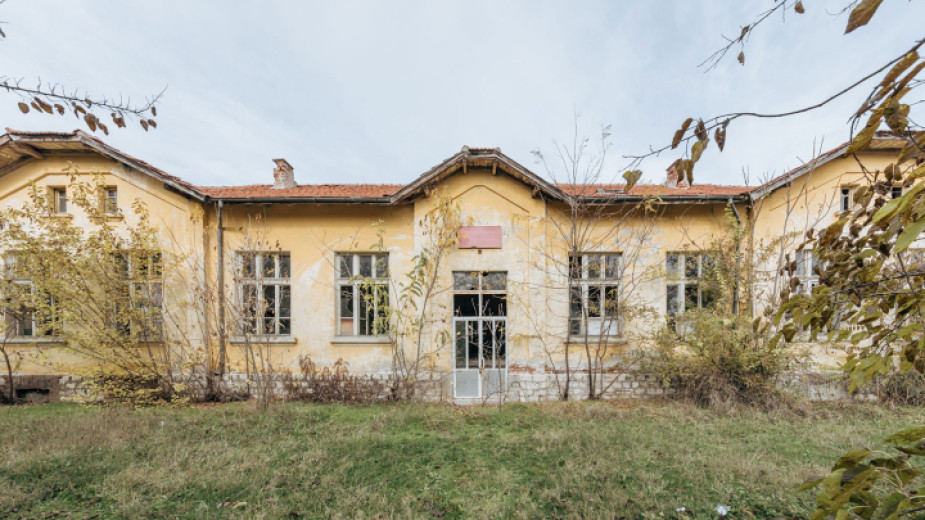 6
6
Currently, the project database contains 1,100-1,200 school buildings in Bulgaria, architect Boris Tikvarski - author and head of the project - explained in an interview for BNR's Horizon channel. Member of the team is also the Belgian photographer Alexander Dumarey who was impressed by this very topic when he first came to Bulgaria.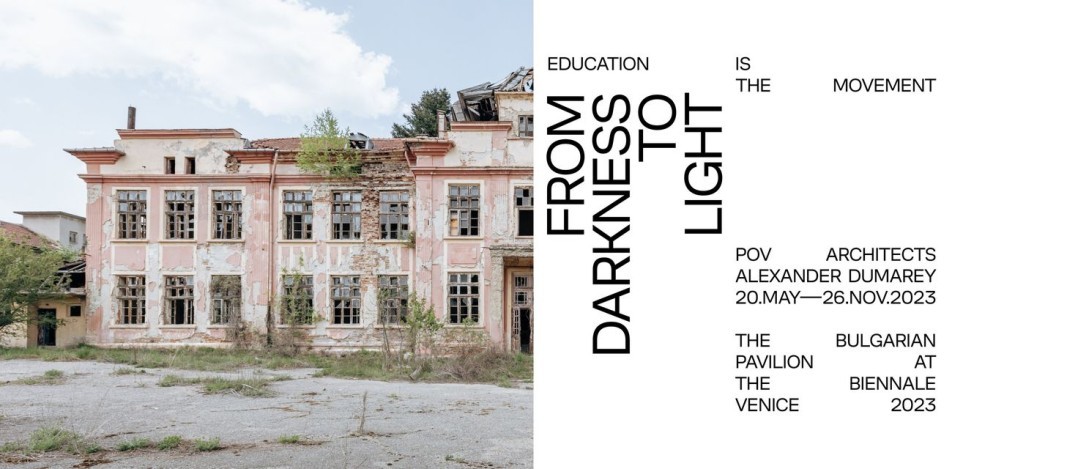
"Our focus was on a not so colorful topic - the depopulation of Bulgaria. We thought that this topic was interesting because in the period in which Bulgaria did not appear at the Venice Architecture Biennale, there were two population censuses and the population decreased by about 10%, or about 800,000 people. We felt that the photographer's work best represented these statistics," commented architect Boris Tikvarski.
The team decided to further develop the topic after the opening of the Bulgarian pavilion at the biennale at the end of May. It is very difficult to arrive at the exact number of abandoned schools, Boris Tikvarski pointed out.
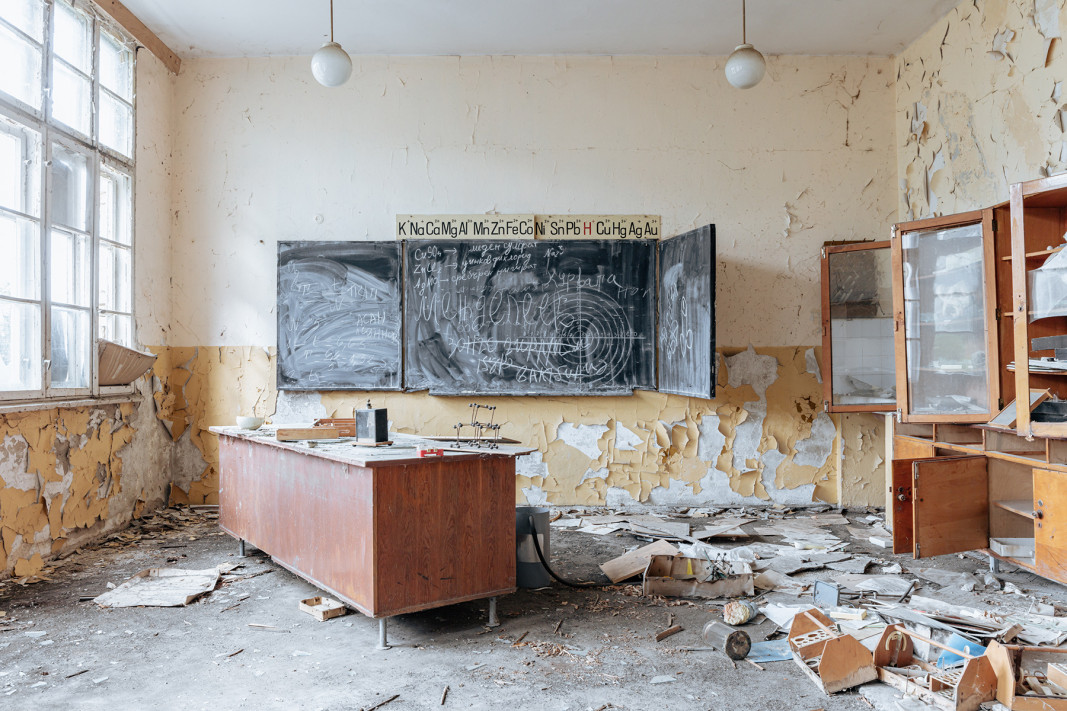
"We're not exactly interested in the total number, so much as in supplementing the information beyond the number. We're trying to find clear dates - when the school opened, when it opened, where it is located, what population still lives in the respective village or town, what is the condition of the infrastructure that leads to this school, has its building been converted into something different."
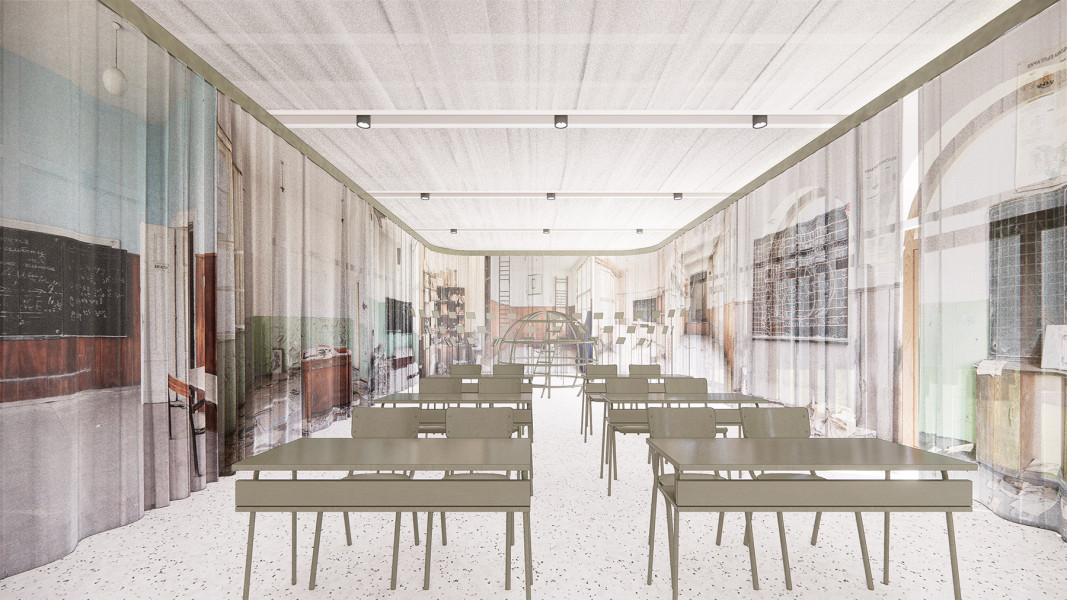 The ambition is to prepare an interactive map on which this information is present, to make it clear which of the school buildings have the potential for a new life. According to arch. Literally, these public buildings are a valuable resource.
The ambition is to prepare an interactive map on which this information is present, to make it clear which of the school buildings have the potential for a new life. According to arch. Literally, these public buildings are a valuable resource.
The project aims to show the scale of the problem, he specified.
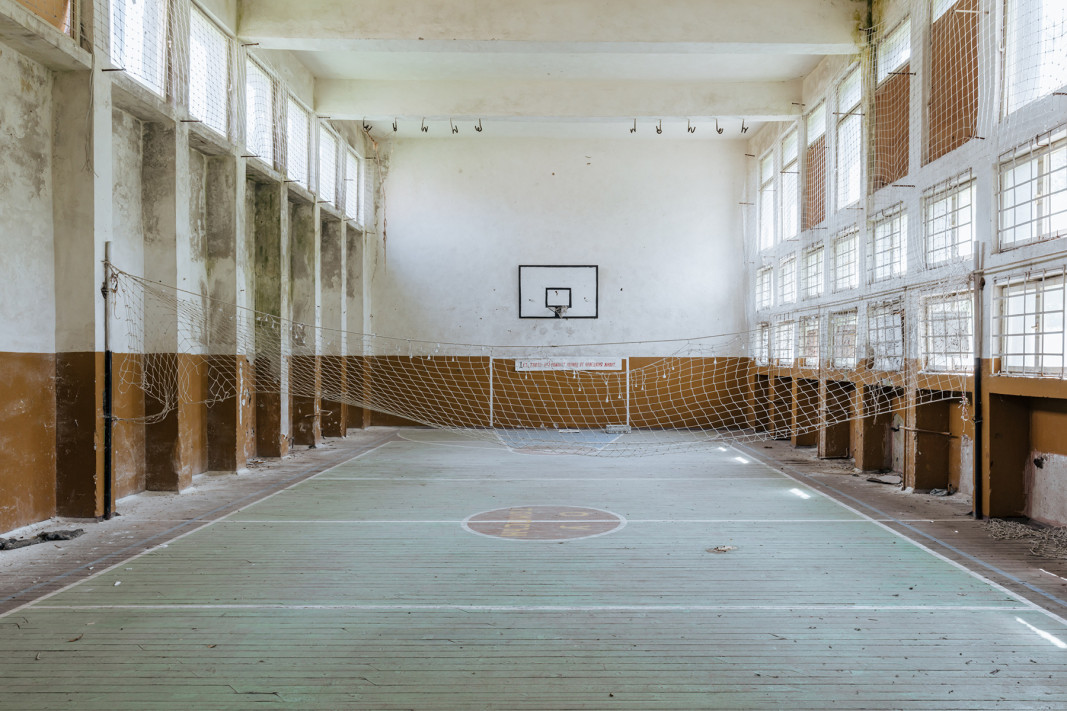
The Bulgarian pavilion at the Venice Biennale can be seen until November 26 when the forum will be officially closed.
Read also:
An interview of Vesselina Milanova from BNR's Horizon channel
Photos: https://biennale2023.kab.bg/entries/proekt27
Translated and published by Rossitsa Petkova
On 16 November, we celebrate Caritas Day, when we honour the Catholic Church’s charity organisation that brings hope to those in need through care and acts of mercy . It reminds us that financial gain is not what matters most. What truly matters is..
The first museum of investment gold is welcoming visitors in Plovdiv who want to learn more about the history of money and its connection to gold – from the birth of gold, its cosmic origin, and its journey to Earth, to how this precious metal has..
The diplomas from the 11th master class in radio journalism of the Bulgarian National Radio – BNR Academy were awarded at a solemn ceremony on November 14. The lectures and practical classes in modern forms of radio journalism build on the professional..
Teodora Byalkova joined the Bulgarian Sunday school "Sts. Cyril and Methodius" in Athens in the 2022/23 school year. At that time, she..
The village of Novo Selo is located on the road between Veliko Tarnovo and Sevlievo. Here archaeologists have found tools used by..
From fear and doubts to joy and support – Bulgarians react differently to the upcoming introduction of the euro on January 1, 2026. For..

+359 2 9336 661
